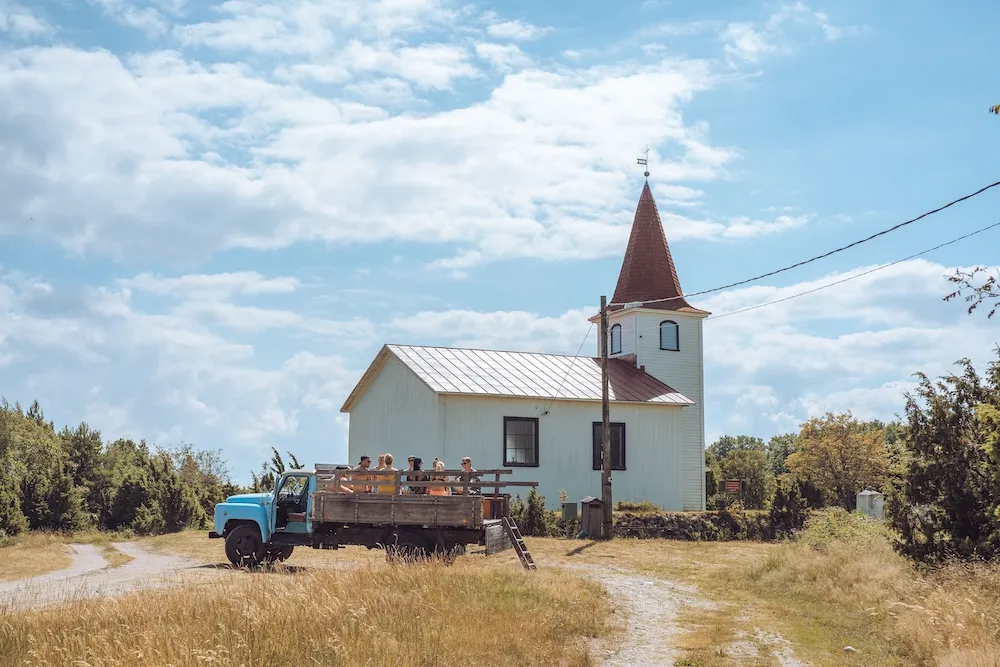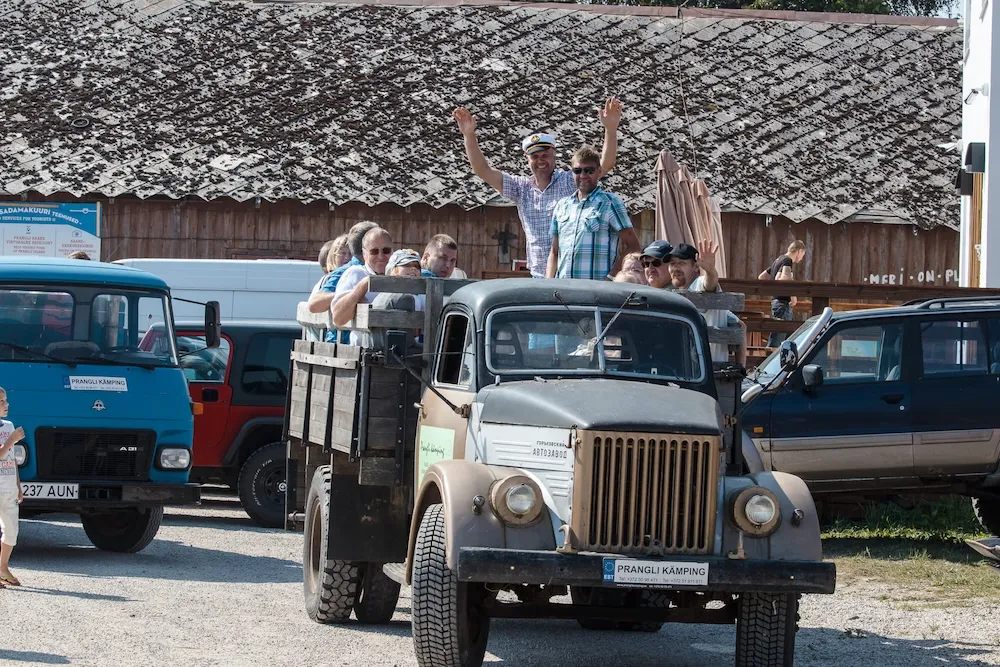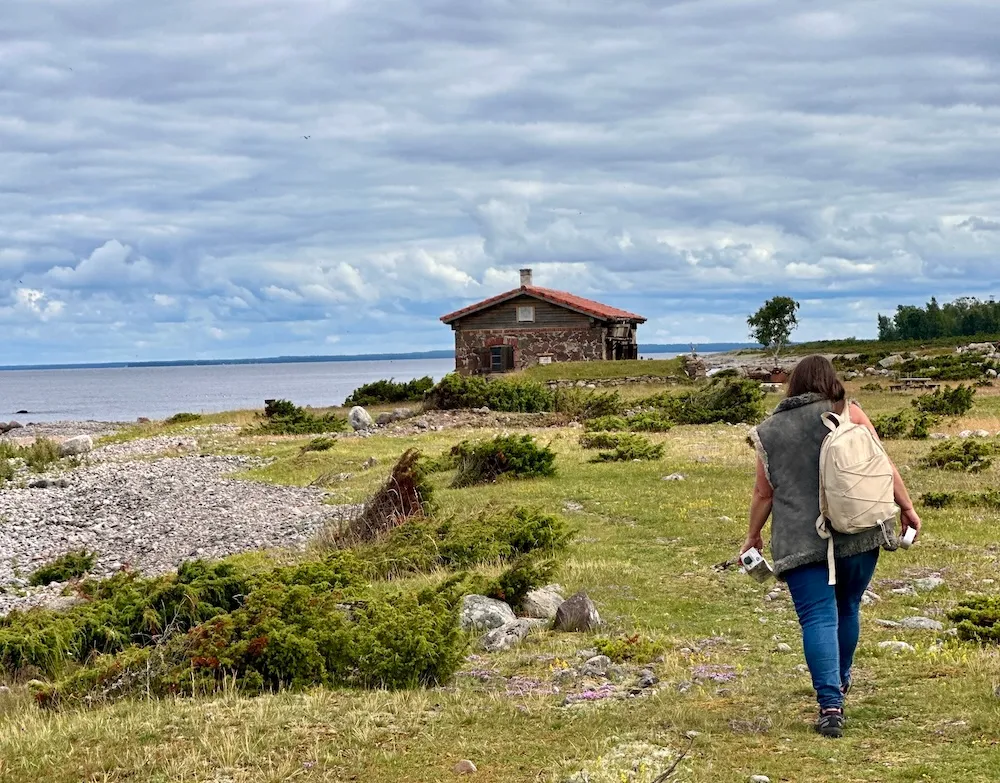7 Interesting Facts about Prangli Island
Avaldatud: 02. July 2025
Prangli Island is one of the most unique destinations in Northern Estonia. It’s home to centuries of history, unique traditions, and a way of life that you won’t easily find on the mainland. Beyond its beautiful nature, the island holds many fascinating features that make visiting it especially exciting.
Did you know that Prangli is the only island in Northern Estonia with indigenous permanent inhabitants? Or that natural gas seeps from underground here, and pirates once left their mark on the island? Prangli even has its own dialect—something mainland Estonians may not instantly understand! These seven facts will help you discover what makes Prangli Island so unique and why it’s worth seeing with your own eyes.
1. Prangli is the only island in Northern Estonia with native inhabitants
Official records of Prangli’s first residents date back to the 13th century. When you walk the village roads today, take a look at the farm signs—many still bear old family marks, showing that the homes are still inhabited by native Prangli families. In the past, these symbols were used to mark ownership of driftwood, logs, fishing nets, and tools.
In the early 20th century, there were around 500–600 permanent residents on Prangli. Before World War II, Prangli and neighboring Aksi Island even formed their own rural municipality. Today, about 70 people live on the island year-round, while in summer, that number multiplies.
2. Natural gas can be found on Prangli Island
In several places, natural gas seeps up from underground. During 1959–1960, several test wells were drilled on the island—one of which is still open to visitors. At this site, you can ignite a small flame from the gas—a natural “grill spot” where the fuel comes straight from the earth! You can learn more about this on our island tours.
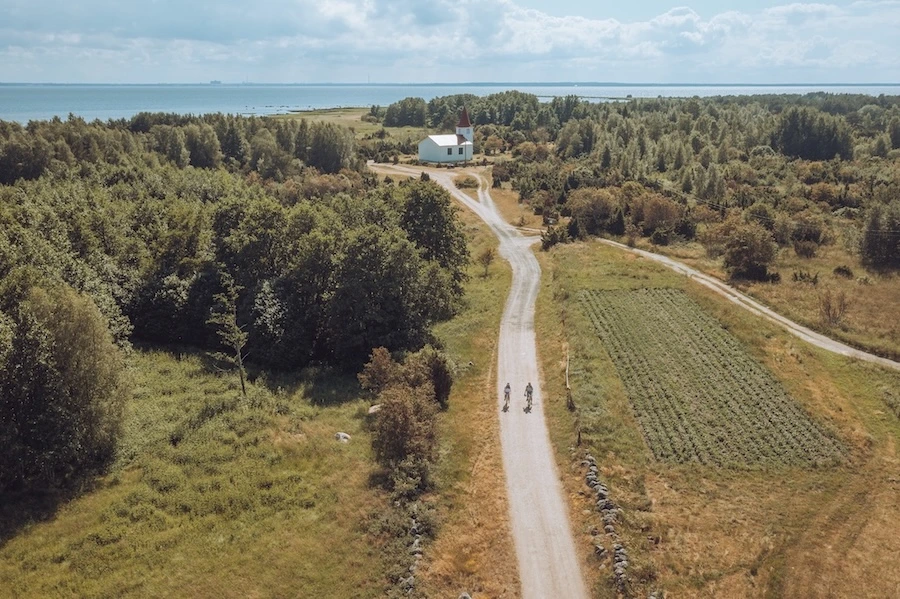
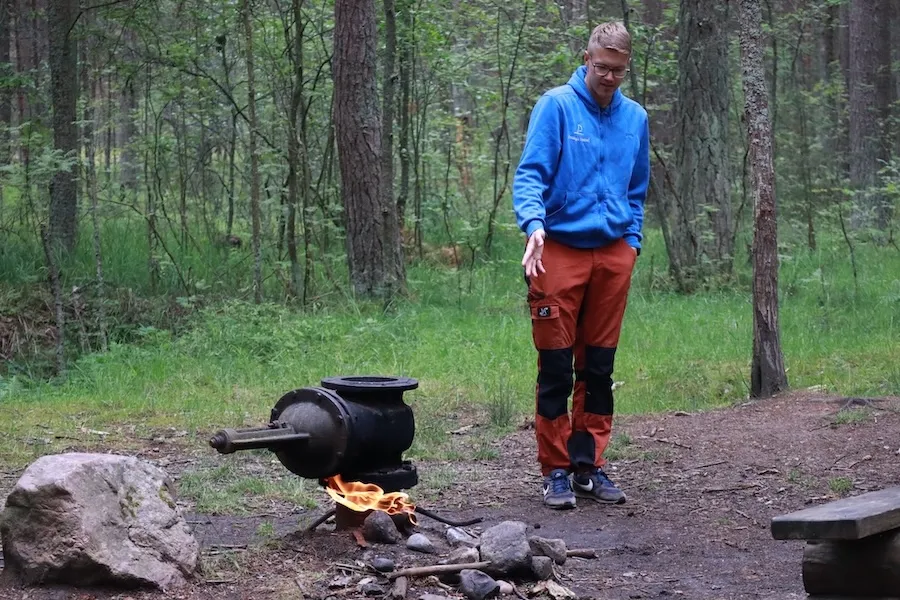
3. Prangli is known as a Pirate Island.
According to legend, Prangli was originally a refuge for pirates. Local pirates raided ships on the Tallinn–Narva trade route, prompting a punitive expedition to the island. The spruce forest was burned down, later replaced by a pine forest. Part of the tale proved true—during a storm in 1939, waves unearthed old coins and traces of the burned spruce. It is still believed that pirate treasure may be hidden in the island’s soil.
4. Prangli has a long tradition of cod fishing.
Fishing holds an honorable place on the island. The main catches are cod and flounder, occasionally sea trout and whitefish. Several local guesthouses and harbor cafés serve delicious cod dishes and fish patties made from fresh local fish.
5. Prangli has its own dialect.
The Prangli dialect has similarities to Finnish—the “L” sound is strong, and case endings differ from standard Estonian (e.g., “käisin Pranglis,” “tulin saarest” – “I come from inside the island”). The dialect also lacks the letter “õ,” replacing it with “uo,” “o,” or “e” (for example, “vuorat naised” means “võõrad naised” – “stranger women”).
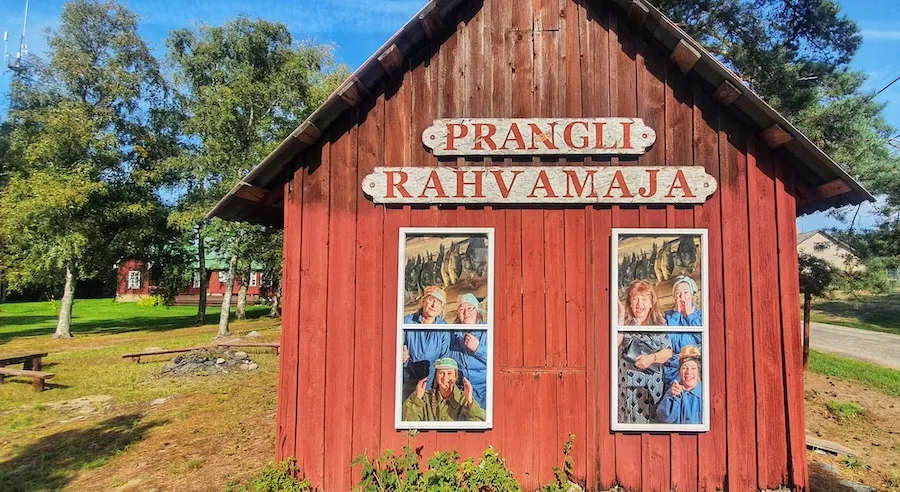
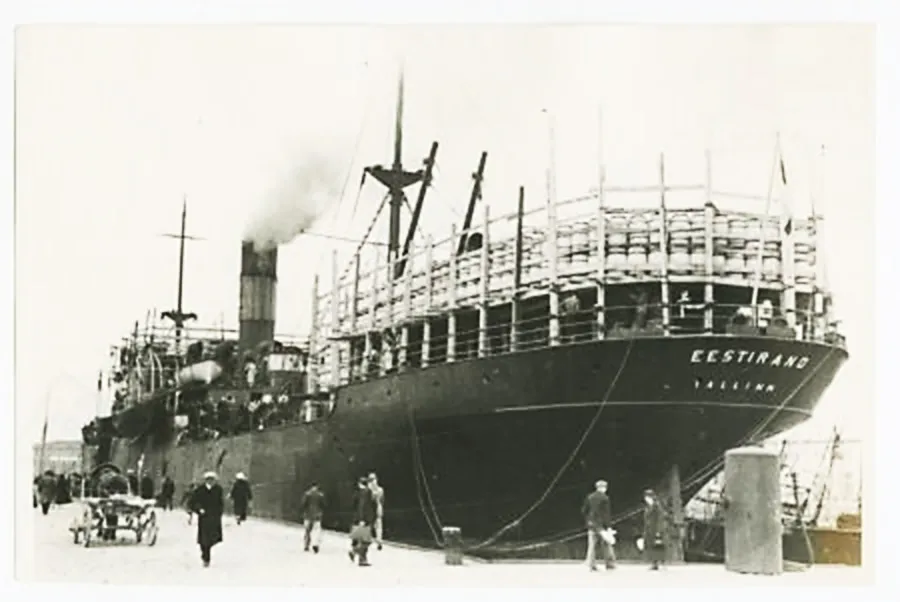
6. In 1941, Prangli was the site of one of Estonia’s largest sea rescue operations.
During World War II, the ship Eestirand ran aground on Prangli Island—an event still told in local stories today. Thanks to the rescue skills of the island’s residents, over 3,000 people were saved, a number comparable to the passengers on a small cruise ship. A memorial commemorating this heroic rescue can be found in the Prangli Landscape Conservation Area. The full story is shared on our guided tours.
7. There are more men than women on Prangli Island
Historically, it was common for daughters of local families to marry and move to other islands, Finland, or coastal regions, while women from outside were brought to Prangli as farmwives. Traditionally, it’s the men who have stayed to continue island life—a pattern that still largely holds true today, though there are exceptions. While there are more men on the island, there are also many strong-willed women who’ve come from elsewhere and embraced island life with success.

